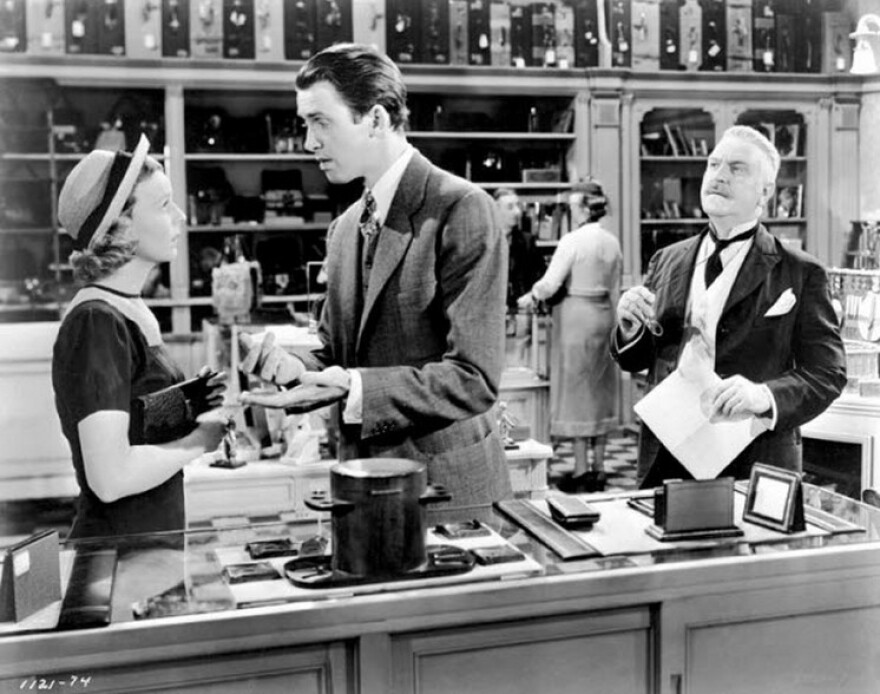Meet Me in St. Louis is only partly a Christmas movie. The musical follows the Smith family of St. Louis from the summer of 1903 until the spring of 1904. The opening song goes “Meet Me in St. Louis, Louie, meet me at the fair” – and the fair is the St. Louis World’s Fair, known as the Louisiana Purchase Exposition. All four sections of the movie are magnificent, but the Christmas sequence is especially poignant, and it’s marked by the film’s star Judy Garland singing the beautiful, wistful “Have Yourself a Merry Little Christmas.”
One reason for the sadness is that Meet Me in St. Louis is a wartime picture. It premiered in New York on December 30, 1944, right in the middle of “The Battle of the Bulge,” the German counteroffensive that made millions of people all over the world wonder if they would ever see another Christmas. Even though the story starts in 1903, the movie signals the profound changes coming to America because of World War II. The lovely, romantic gas lights in the Smith home will give way to more efficient electric lights, but for Americans in 1944, family life, courtship, food — just about everything — will change.

The Christmas sequence includes a big, colorful dance for young people, and they all get matched up with the person they most like. But hanging over the family is the father’s decision to move them to New York. When Garland sings, her despairing little sister Tootie, rushes out to destroy all the snow people in the back yard. And the movie honors her despair.
But Meet Me in St. Louis is also about how World War II diminished the power of men in their families — while the men were away, the women ran the home, worked in factories, ferried airplanes all over the world and were major figures in the creation of the first computer. So, many currents run under Meet Me in St. Louis, but the complexities only make the film more astonishing and delightful. Characters cope with change and through the movie find joy and excitement — as does the audience.

German-born Ernst Lubitsch brought middle-European angst and manners to his great comedies in the ‘30s and early ‘40s. Unlike Meet Me in St. Louis, The Shop around the Corner takes place in Budapest and not the middle America. The staff of the gift shop is a cross-section of Europe. Characters are evasive, and comically terrified of giving offense. Lubitsch loved indirection and suggestion. The movie came out in 1940, but doesn’t mention the war, yet you feel it all through the picture, and audiences in 1940 knew it for certain. Lubitsch loved the interaction of real life troubles and laughter in his comic fantasies. The shop owner is even driven to attempt suicide before the affection of his staff brings him back to himself and his feeling that this little store is for him a wonderful home.
The lead clerk, played by James Stewart, and the newest employee (Margaret Sullavan) feud throughout the movie. By the rules of romantic comedy, strife will turn to love, but the convoluted getting there is pure delight. Lubitsch and screenwriter Samson Raphaelson are masters of ironic comedy and of puncturing the pompous. When the owner tells the staff that he wants an absolutely honest opinion, which of course he doesn’t, one man over and over runs for cover. But in this tiny, self-absorbed microcosm, Christmas brings out the unexpected best in its people. A former head of production at United Artists called The Shop around the Corner a perfect movie. I agree.
Watch Meet Me In St. Louis or on a variety of streaming services.
The Shop Around the Corner is available on many streaming services or



